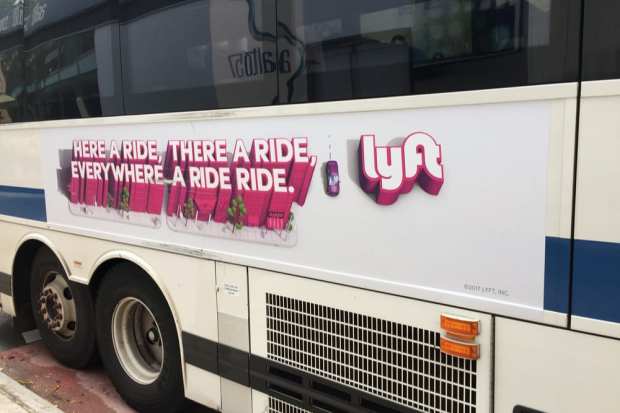Lyft Stock Pops On News Of Faster Path To Profitability

Lyft said it would turn a profit by the end of 2021, one year earlier than expected. Bloomberg reported that the news pushed the ride-hailing company’s shares up 9 percent on Tuesday (Oct. 22).
The company said it has been focusing more on profitable growth, rather than simply scaling for the sake of doing so. Lately, both Lyft and its competitor Uber have been pulling back on rider and driver subsidies to stave off costs.
Uber’s stock also bounced on the news, climbing about 4 percent in the early afternoon.
“We’ve never laid out our path to profitability, and we know that’s a question on a lot of investors’ minds,” said Logan Green, Lyft’s chief executive officer and co-founder. “We’re going to be profitable on an adjusted EBIDTA basis a year before analysts expect us to. We’re going to hit this target in Q4 2021.”
During an interview, the company’s co-founders said that recent California legislation about the classification of gig workers, as well as numerous lawsuits by women alleging driver misconduct, will not adversely affect the company.
Earlier this month, Lyft filed a lawsuit against New York City over a mandate limiting the time its drivers are allowed to spend cruising in Manhattan without passengers, CNET reported, following a similar lawsuit by rival Uber last month. The lawsuit asks for the city’s Taxi and Limousine Commission’s (TLC) cruising rule to be invalidated. The law imposes a 31 percent cap on cruising time for most vehicles before 11 p.m. Lyft has said that the mandate is based on old, inaccurate TLC data, and doesn’t hold taxis to any caps.
“Lyft supports comprehensive congestion pricing, which is the most effective way to reduce traffic,” said Lyft spokeswoman Campbell Matthews. “But the TLC’s rushed, arbitrary approach would be a significant step [backward] for transportation in New York City, which, for years, has suffered from an inefficient taxi medallion system created by the TLC. This rule is not a serious attempt to address congestion, and would hurt riders and drivers in New York.”
